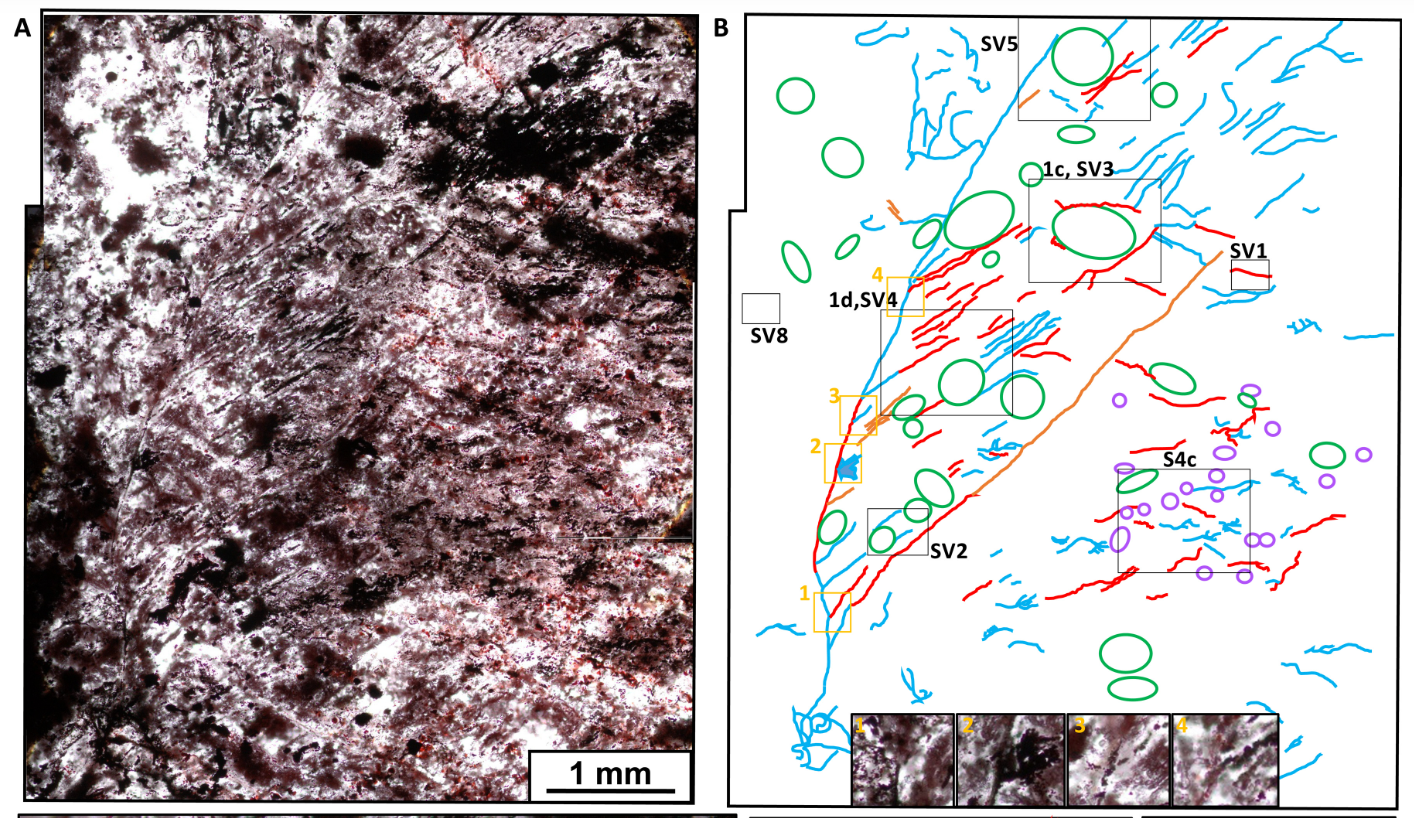
Scientists have found the oldest fossils on Earth from about 3.75 billion years ago in northern Québec, Canada. Here is more about it.
Fossils show secrets about the life on earth
Scientists believe they were successful in identifying the oldest fossils on Earth dating back to 3.75 or even 4.2 billion years, Found at a remote location in Canada’s northern Quebec region, they are shedding new light on life on Earth. If the fossil contains biological structures, it will push back Earth’s timeline by at least 300 million years. Hence, this can show that the earliest organisms to live on earth are barely young compared to the planet’s origin.

The fossils were first collected by Dominic Papineau. Papineau is an associate professor of astrobiology and geochemistry at the University College London. The professor collected them in a 2008 expedition to the Nuvvuagittuq Supracrustal Belt in Quebec. The region is famous for containing some of the oldest rocks on our planet. The discovery was reported in a 2017 paper in Nature, sparking debates if tubes and filaments in the rock were the results of biological or geological techniques.
What can these old fossils tell us?
Papineau and his colleagues report ‘unprecedented findings’. This will help in revealing “a diverse microbial ecosystem on the primordial Earth. They may be common on other planetary bodies, including Mars,” stated the study. Hence, in addition, to better understand the history of life on earth, they help in understanding alien life. “Overall, it’s very exciting because not only do we develop a scientific approach with multiple independent lines of evidence. Vital to strengthen the biological origin, we also dismiss the known abiotic reactions,” stated Papineau.

While some can be geological reactions, the stem structure is difficult to explain using abiotic processes. Additionally, they have a resemblance to iron-eating microbes liming in hydrothermal vent systems. Currently, there is no DNA evidence due to the various heat and pressures experienced by the rocks. But, the microfossils are showing similarities to the modern micro bacterium called Mariprofundus ferrooxydans.
“These microfossils might exist on other ancient planetary surfaces because if the origin of life takes such a short time to develop, and you have this level of complexity, then that brings up a lot of new philosophical questions about the probability that life might have arisen and left these kinds of imprints behind,” he explained. “It creates a lot of new opportunities to push back the clock for the origin of life and to search specifically for these kinds of things on other planets,” added the researcher.






